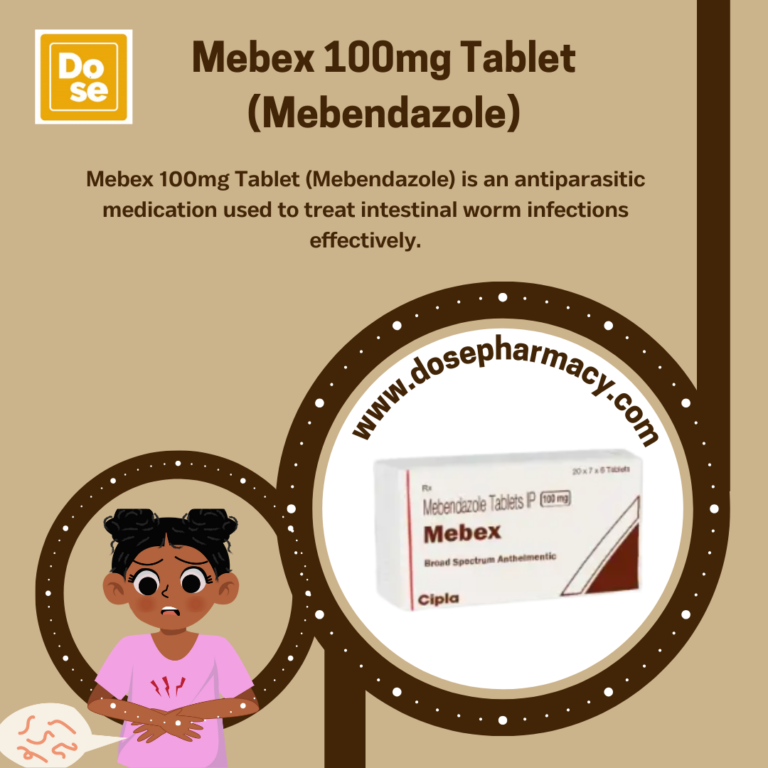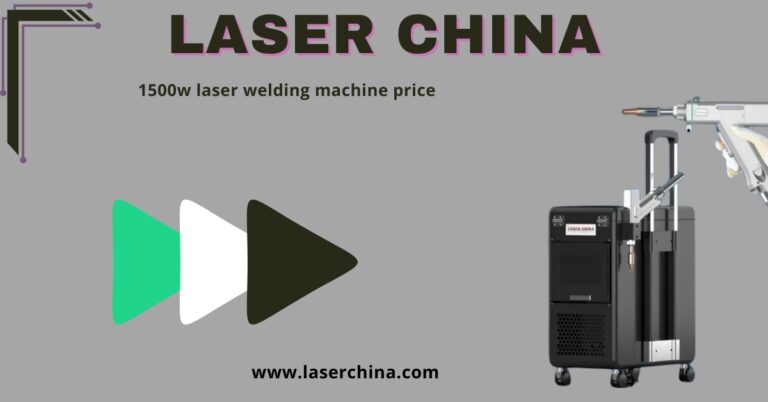Rust and oxidation are common issues that affect metal surfaces, leading to degradation and reduced functionality. Traditional rust removal methods like sanding, chemical treatments, and sandblasting can be time-consuming, messy, and even damaging to the base material. But is a rust-removing laser the best solution for effectively eliminating rust without harming the metal?
1. How Does a Rust Removing Laser Work?
A rust-removing laser operates using laser ablation, a process where high-intensity laser pulses are directed at the rusted surface. The rust (iron oxide) absorbs the laser energy, causing it to vaporize or turn into dust. Since metal has different absorption properties than rust, the laser effectively removes only the oxidation layer while leaving the base material intact.
The process can be broken down into three main steps:
- Laser Emission: The machine emits a focused laser beam onto the corroded area.
- Rust Removal: The rust heats up and evaporates or turns into fine particles.
- Clean Surface: The base metal remains undamaged, revealing a clean and polished surface.
2. Advantages of Using a Rust Removing Laser
a. Non-Abrasive and Damage-Free Cleaning
Unlike grinding or sandblasting, which can erode metal surfaces over time, laser rust removal is a non-contact and non-abrasive process. This means delicate or precision-engineered components can be cleaned without affecting their structure or dimensions.
b. Eco-Friendly and Chemical-Free
Many rust removal techniques rely on chemical solvents, which can be hazardous to both the environment and human health. A rust-removing laser eliminates the need for toxic chemicals, making it a clean and eco-friendly alternative. The process produces minimal waste, reducing pollution and disposal costs.
c. Cost-Effective and Low Maintenance
While a laser rust remover has a higher initial cost, it provides long-term savings. Traditional methods require repeated purchases of abrasives, chemicals, and protective gear, whereas laser cleaning relies solely on electricity and requires minimal maintenance.
d. Fast and Efficient Cleaning
Laser rust removal is significantly faster than traditional methods. A high-powered laser can clean large areas in seconds, making it ideal for industrial applications where speed and efficiency are critical. Additionally, there’s no need for drying time, unlike chemical treatments, which require extended waiting periods.
e. Safe and Easy to Use
Modern laser rust removers come with user-friendly controls and safety features, such as fume extraction and protective enclosures. Operators do not need to handle dangerous chemicals or wear extensive protective gear, reducing workplace hazards.
3. Applications of Rust Removing Lasers
Laser rust removal technology is widely used across various industries, including:
- Automotive: Restoring car frames, engine parts, and metal surfaces.
- Aerospace: Cleaning aircraft components without damaging sensitive materials.
- Manufacturing: Removing rust from industrial tools, machinery, and production equipment.
- Marine and Shipbuilding: Cleaning ship hulls and marine structures efficiently.
- Restoration: Preserving historical artifacts, sculptures, and metal artworks without damage.
Conclusion
A rust-removing laser is one of the most advanced, efficient, and eco-friendly solutions for eliminating rust and oxidation from metal surfaces. It offers damage-free precision, cost savings, speed, and safety, making it far superior to traditional rust removal methods.



